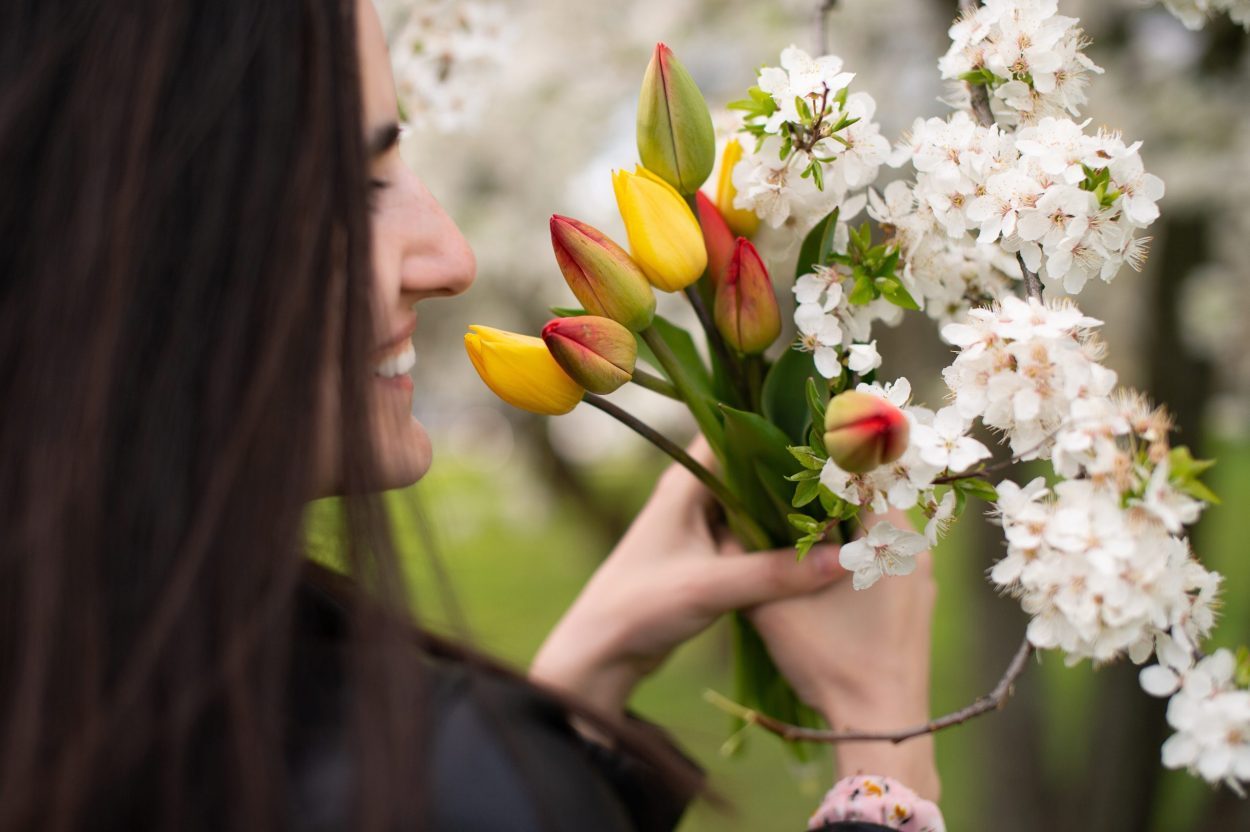As the buds of spring begin to bloom, it’s a beautiful reminder that warmer weather is on its way. Spring flowers and roses are some of the most iconic symbols of the season, and understanding their lifecycle can help us appreciate their beauty even more.
The Beginning: Germination
Just like every living thing, spring flowers and roses start from tiny seeds. These seeds are usually planted in the fall and lay dormant during the cold winter months. As the temperatures start to rise and the soil begins to warm up, the seeds begin to germinate. This process can take anywhere from a few days to a few weeks, depending on the type of flower or rose.
The Growth: Vegetative Stage
Once the seed has germinated, it enters the vegetative stage of growth. During this period, the plant focuses on growing its roots and establishing a strong foundation. This is essential for the plant to be able to absorb nutrients and water from the soil as it continues to grow.
The Development: Reproductive Stage
As spring turns into summer, the plants enter their reproductive stage. This is when they begin to produce flowers, the part of the plant that is responsible for reproduction. The flowers attract pollinators such as bees and butterflies, which help transfer pollen from one flower to another, allowing for fertilization and seed production.
The Peak: Blooming Stage
After successful pollination, the plants enter their blooming stage, where they are at their most glorious and vibrant. This is when we see fields of colorful flowers and roses in full bloom, creating a picturesque scene that many of us love to capture in photos.
The End: Fruition and Dormancy
As summer comes to an end, the plants begin to focus on fruit or seed production. For flowers, this means they will start to wilt and drop their petals as the seeds develop. For roses, this can mean the development of rose hips, which contain the plant’s seeds. Once the seeds are fully matured, they will fall to the ground and lay dormant until it is time for them to germinate again in the next growing season.
The Cycle Continues
And so, as summer turns into fall and then winter, the cycle continues. The plants go dormant, and their seeds lay waiting for the right conditions to begin the process all over again. It’s a beautiful reminder of nature’s resilience and its ability to constantly renew and regenerate.
Appreciating Spring Flowers and Roses
Understanding the lifecycle of spring flowers and roses can help us appreciate them even more. From tiny seeds to gorgeous blooms, each stage of their growth is a marvel to witness. So, the next time you see a blooming flower or rose, take a moment to appreciate all the hard work and natural processes that went into creating its beauty. And remember, just like these flowers and roses, we too have the ability to bloom and grow in our own way. So let’s embrace each stage of our own lifecycle and bloom into our full potential. Happy spring!







